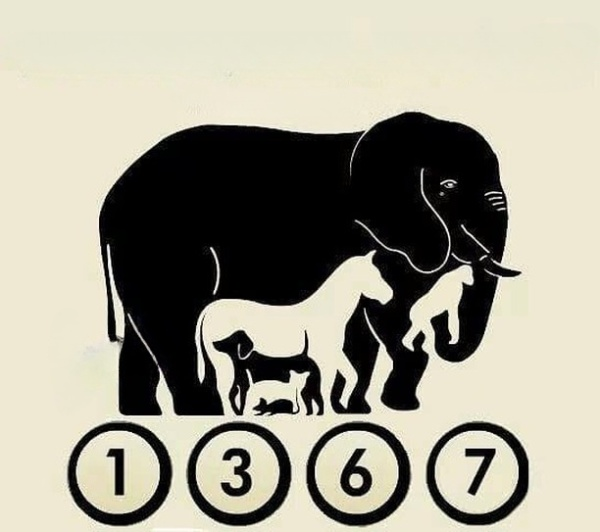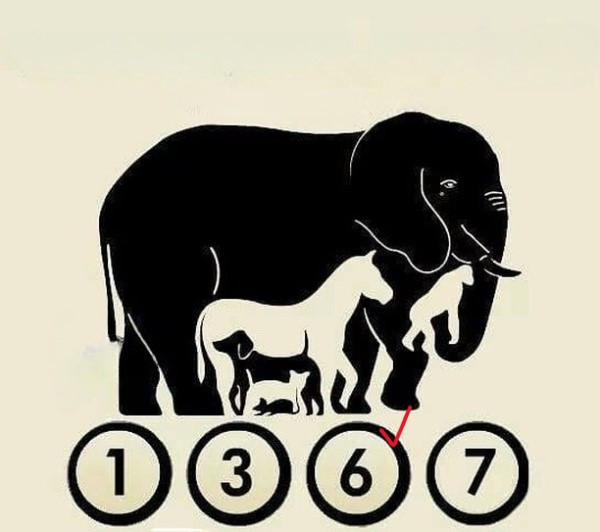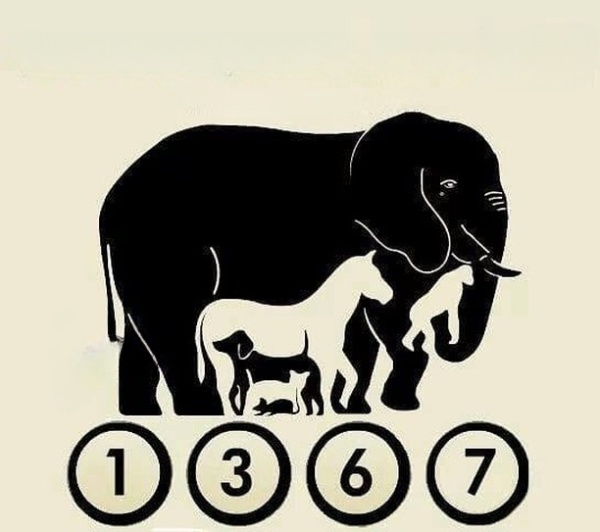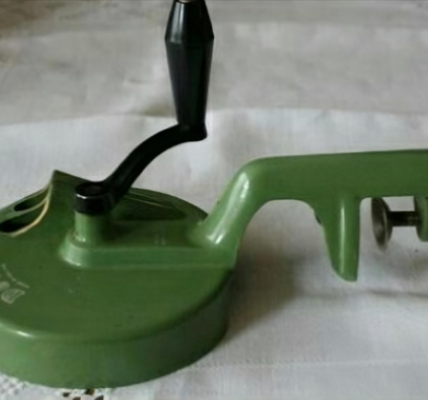Do you enjoy solving brain-teasers that push your observation skills to the limit? Here’s a visual puzzle that’s sure to keep you guessing: How many animals can you spot in this picture? At first glance, it might seem simple, but look closer—you’ll find hidden surprises that are easy to miss.
Take a moment to study the image. Got your number? Let’s dive into why puzzles like these are so tricky and reveal the hidden animals step by step.
Why Visual Puzzles Are So Deceptive

Visual puzzles often play with our perception, making the obvious seem obscure and the obscure seem obvious. But why are they so challenging? Here are four key reasons:
1. Jumping to Conclusions
Our brains are wired to process familiar shapes quickly. This instinct can make us stop searching once we think we’ve “seen it all.” In puzzles like this, it’s easy to miss subtle details hidden within the design.
2. Focusing on Large Shapes
Big, dominant figures grab our attention first. For example, in this puzzle, the outline of the largest animal might distract you from the smaller ones embedded within it.
3. Overlooking Subtle Details
Sometimes the tiniest lines or shadows form hidden shapes. Unless you’re actively searching for these details, they can easily go unnoticed.
4. Overthinking the Puzzle
Some people get carried away, imagining animals that aren’t there. Overanalyzing can lead to inflated guesses that deviate from the intended solution.
Sound familiar? Don’t worry—you’re not alone. Let’s break down this puzzle step by step and uncover every hidden animal.
Step-by-Step Guide: Finding All the Animals
Ready to solve it? Let’s analyze the image and identify all the hidden creatures one by one.
Step 1: Start with the Most Obvious Animal
The first animal everyone notices is the elephant. It dominates the image with its large ears, trunk, and legs. It’s hard to miss, but don’t stop here—there’s a lot more to uncover.
Step 2: Check the Trunk for Hidden Shapes
Look closely at the elephant’s trunk. Within its curves and shading, you’ll find the outline of a gorilla. Its distinctive head and body are subtly integrated into the design, making it the second animal in the picture.
Step 3: Inspect the Elephant’s Body
Shift your attention to the elephant’s belly and legs. These shapes cleverly form the outline of a horse. You can spot its mane, head, and legs if you focus on the contours.
Step 4: Look Beneath the Horse
Directly under the horse, you’ll spot a smaller animal—a dog. Its body is incorporated seamlessly into the larger design, making it easy to overlook.
Step 5: Find the Cat
Hidden below the dog is a small cat. Its compact shape requires sharp observation, but it’s there if you look carefully.
Step 6: The Tiniest Animal of All
Finally, search below the cat, and you’ll notice a mouse. This is the smallest animal in the picture and often the hardest to spot. Pay close attention to the lower part of the image to catch it.
Final Count: Six Animals

Let’s recap all the animals you should have found:
- Elephant – The largest and most obvious animal.
- Gorilla – Hidden within the elephant’s trunk.
- Horse – Formed by the elephant’s belly and legs.
- Dog – Positioned underneath the horse.
- Cat – Found below the dog.
- Mouse – The tiniest creature, located under the cat.
If you spotted all six, congratulations! You’ve got an excellent eye for detail.
Why Solving Puzzles Is Good for Your Brain
Visual puzzles aren’t just entertaining—they’re a great workout for your mind. Here’s how:
- Enhances Observation Skills: Puzzles train you to notice subtle details you might otherwise miss.
- Boosts Logical Thinking: Breaking down a puzzle step by step strengthens your problem-solving abilities.
- Develops Patience: Finding hidden elements requires persistence, which can improve focus in other areas of life.
- Stimulates Creativity: Puzzles challenge you to think outside the box, helping you approach problems from new perspectives.
The more you practice, the better you’ll get at spotting hidden patterns and solving complex problems.
Let’s Hear Your Thoughts!
Now that you know the answer, how did you do? Did you manage to spot all six animals, or did a few sneak past you? Share your final count in the comments below—we’d love to hear about your experience with this puzzle!
Better yet, challenge your friends and family to see how many animals they can find. It’s always fun to compare answers and see who has the sharpest eye.
Conclusion: Keep Challenging Your Mind
This puzzle may seem simple at first glance, but it’s a perfect example of how much complexity can be hidden in plain sight. By taking the time to carefully analyze each detail, you sharpen your observation and reasoning skills—valuable tools for both puzzles and everyday life.
Feeling inspired? Dive into more puzzles and brain-teasers to keep your mind sharp and engaged. The more you practice, the better you’ll get at solving even the trickiest challenges.
Remember: success in puzzles comes down to patience, attention to detail, and the ability to think creatively. So, keep exploring, keep challenging yourself, and most importantly, enjoy the journey!




